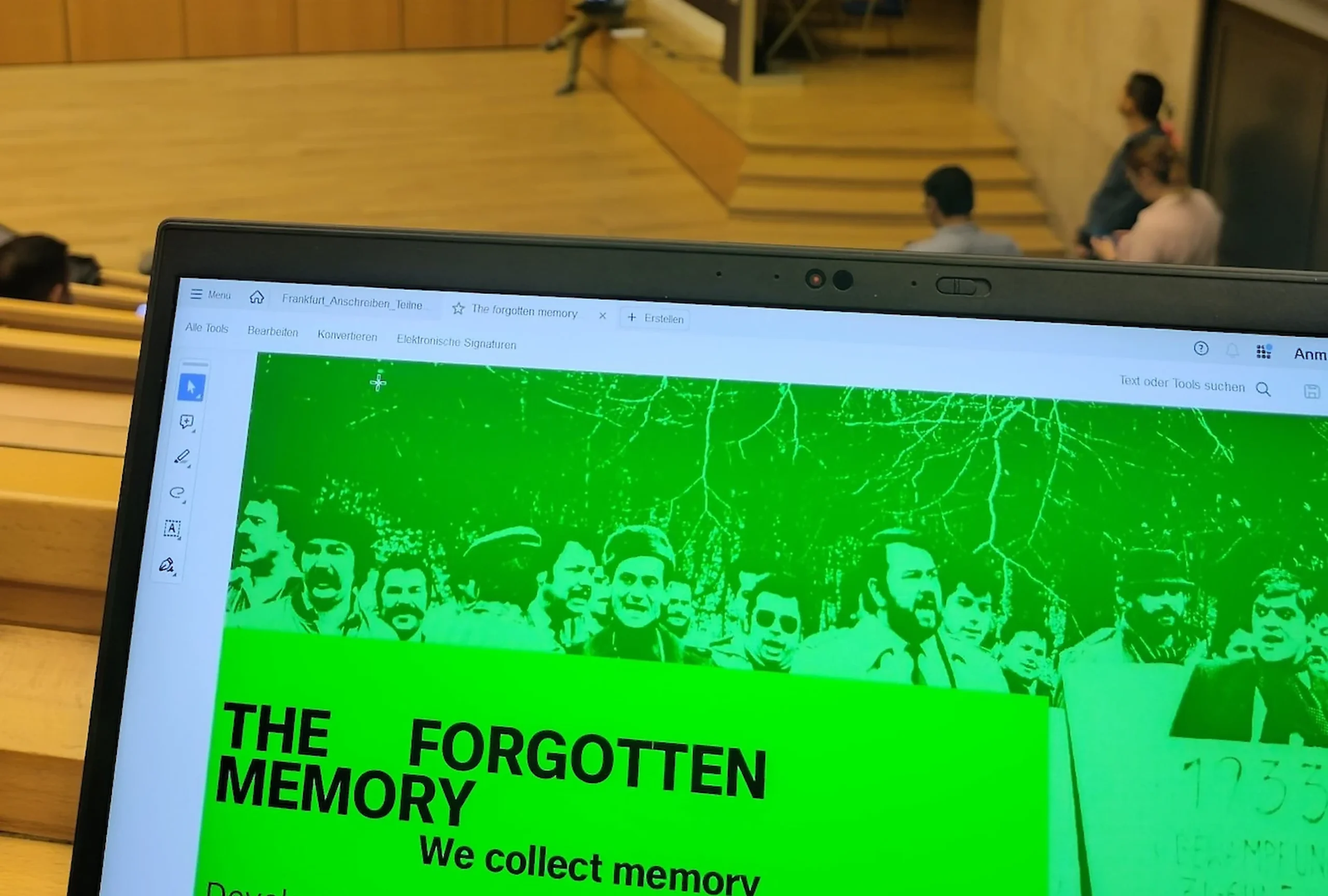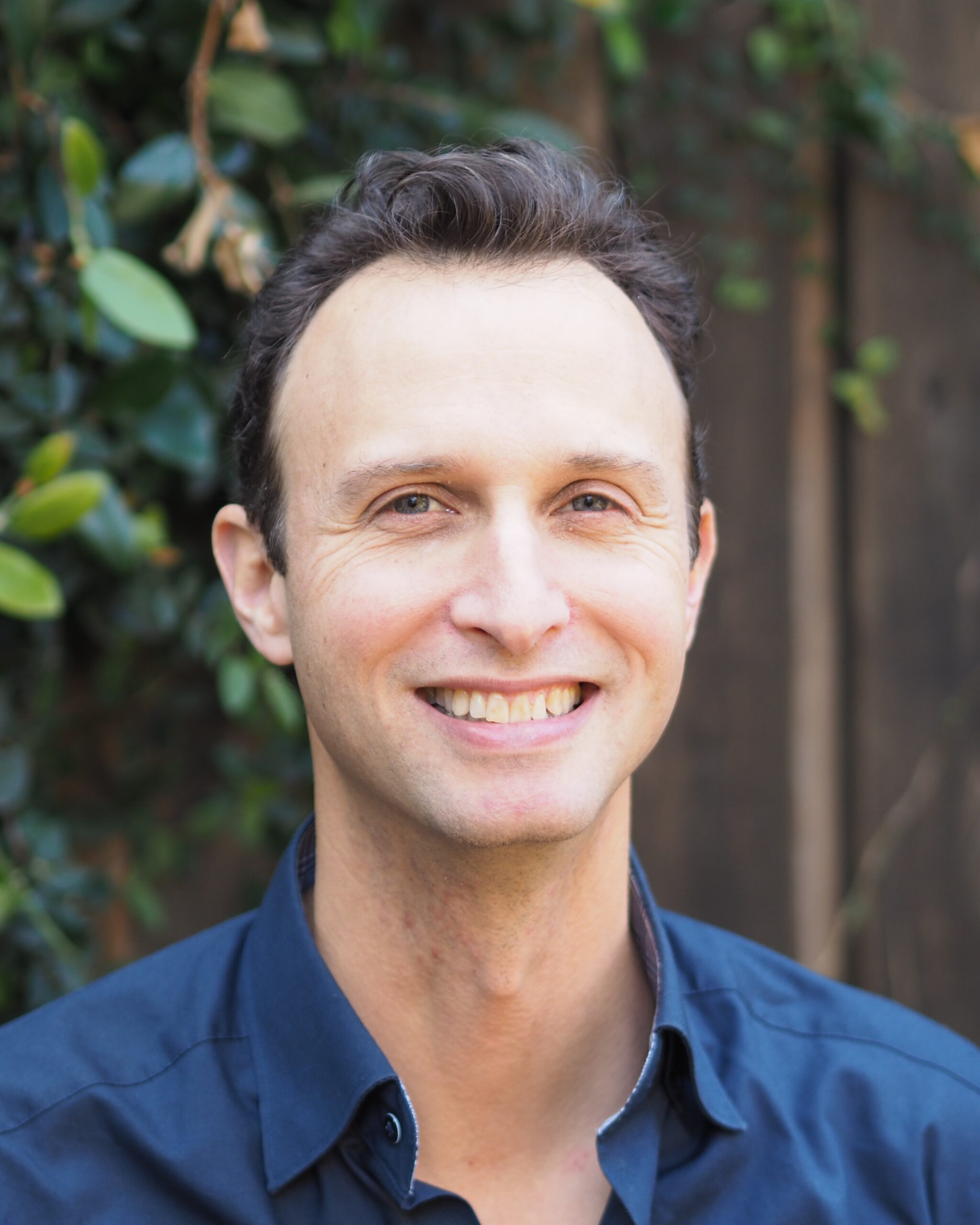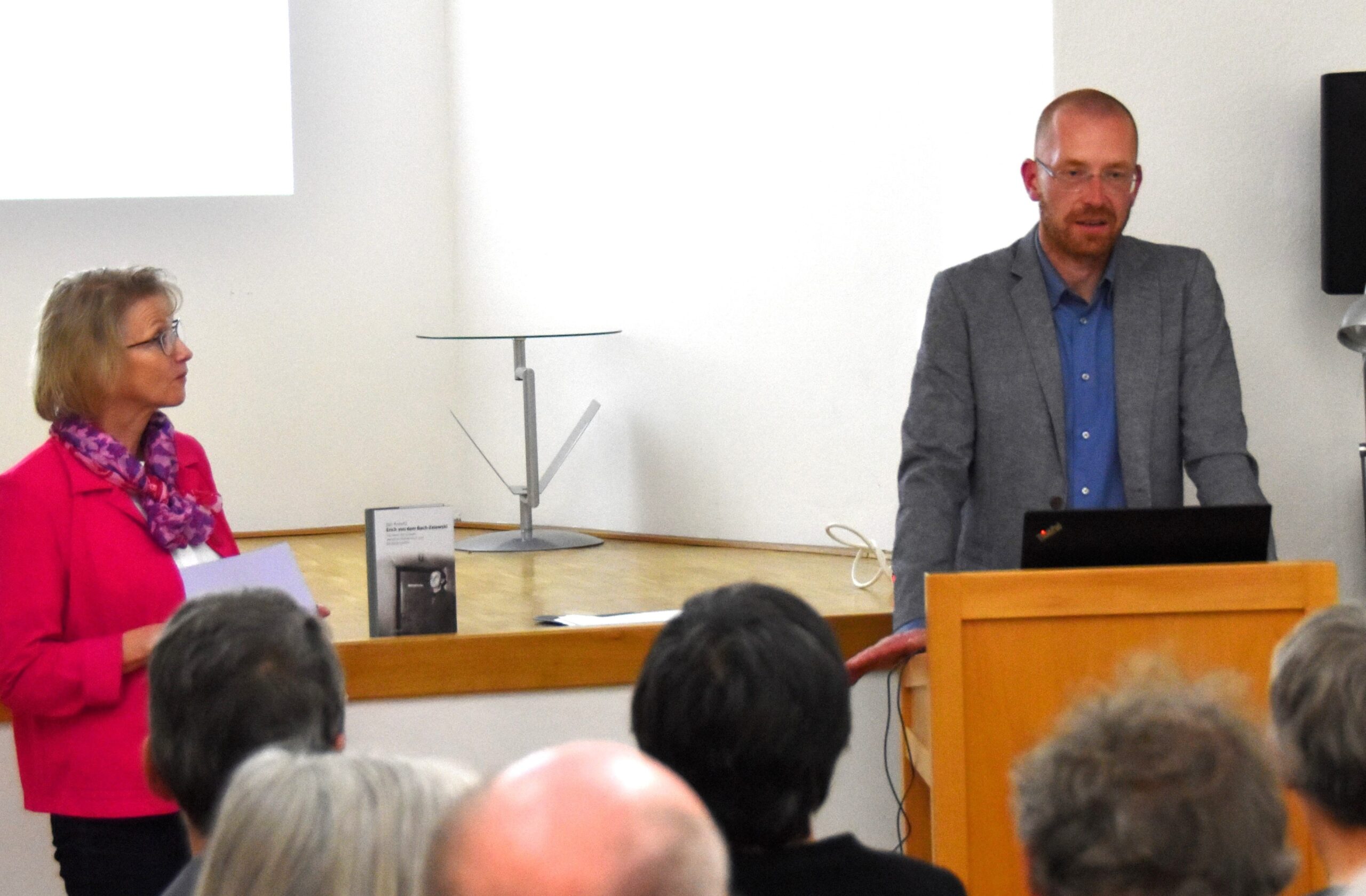Datum
01.08.2022 - 07.08.2022
Ganztägig
Without a systematic effort to create a visual historical archive of Romani and Sinti suffering during the Second World War, we are left merely with disorganized fragments of films, texts, artifacts, historical research, books and recordings that often are embedded in national contexts and are rarely accessible for educational purposes.
Please register via the link provided: Stories from our Past – Registration

Curator: Katalin Bársony, Executive Director of Romedia Foundation
Europeans, especially young people, lack strong narrative reference points and visual information about the role of Romaand Sinti during the Second World War. It is a challenge for Romani and Sinti youth to familiarize themselves with and understand the complexity of their history. The task is to work towards endorsing the Romani and Sinti narrative and the diversity of personal stories, thus adding Romani and Sinti suffering to the mainstream European narrative of the Holocaust.
The current selection of films presented on the occasion of Roma Remembrance Day- Pharrajimos, Samudaripen- August 2nd–helps to fill in a blank space in history. The films present the narratives of survivors and testimonials from survivors‘ families. Each film adds context to the others, so audiences learn directly from eyewitnesses to history across time, location, culture and sociopolitical circumstances.
The efforts of a great generation of Romani and Sinti intellectuals and their filmmaker partners allow us to look deeply into the suffering of both individuals and the Romani people collectively. The unique artistic products include works by Romani Rose, Celja Stoka, Agnes Daroczi, Miklos Jancso, Roger Moreno Rathgeb Bod Entorp and Zoni Weisz, Karin Berger, and Melanie Spitta. The history documented in these films has rarely been personalized. The narrative transforms the suffering of our ancestors to artistic expression and remembrance politics in which the artistic expression of Celja Stoka in painting or Roger Moreno Rathgeb in music or Agnes Daroczi in traditional rituals in film forms new expressions that brings light to the newer generations‘ reaction and their way of coping with the loss of life. The films in the selection allow younger Roma and Sinti to heal through catharsis and understand the meaning and deepness of the horror that our ancestors experienced.
When we watch films featuring survivors we should always remember that speaking about the history of Romani and Sinti sufferings had an impact on the reality the survivors lived. In many cases they feared reaction and repression once their testimony became public, so they were often silent about important facts or kept them hidden within the family or never told.
The persecution of our communities did not stop with the end of the War. It affected later generations and continues today. The heroic efforts and the stories presented here survive through the medium of film and will be told and re-told to enrich and contrast the one-sided and often whitewashed history of Europe. The interviews will help us to understand and heal. Even if most of the survivors have now died, their voices and images remained with us.
Archival interviews with Romani and Sinti survivors in the collection are profound and meaningful. The film “Requiem for Auschwitz” (2021) by Bob Entorp features his earlier work A Blue Hole in the Sky(2006) about Zoni Weisz and other Dutch Sinto survivors. Grandchildren and other family members react to the detailed description of the horror their ancestors experienced. “You killed my innocent family!” (1994) from the award-winning Hungarian director Miklos Jancso and Agnes Daroczi (international premiere) features the story of Zsuzsanna Horvath which tells the story of a single survivor. The collection presents Austrian artist Celja Stojka’s life story, featured in the film “The Green Green Grass Beneath” (2005), which paints the story of a shared European history. “The People Uncounted” (2011) by Aron Yager presents important oral history documentation that is able to inform and engage a younger generation. The collection features work from young artists such as the Ukrainian-Romani filmmaker Petro Rusanenko. His short feature “Paymaty- Remember” depicts the unique friendship that develops between two women, one Ukrainian the other Romani, while in hiding.



